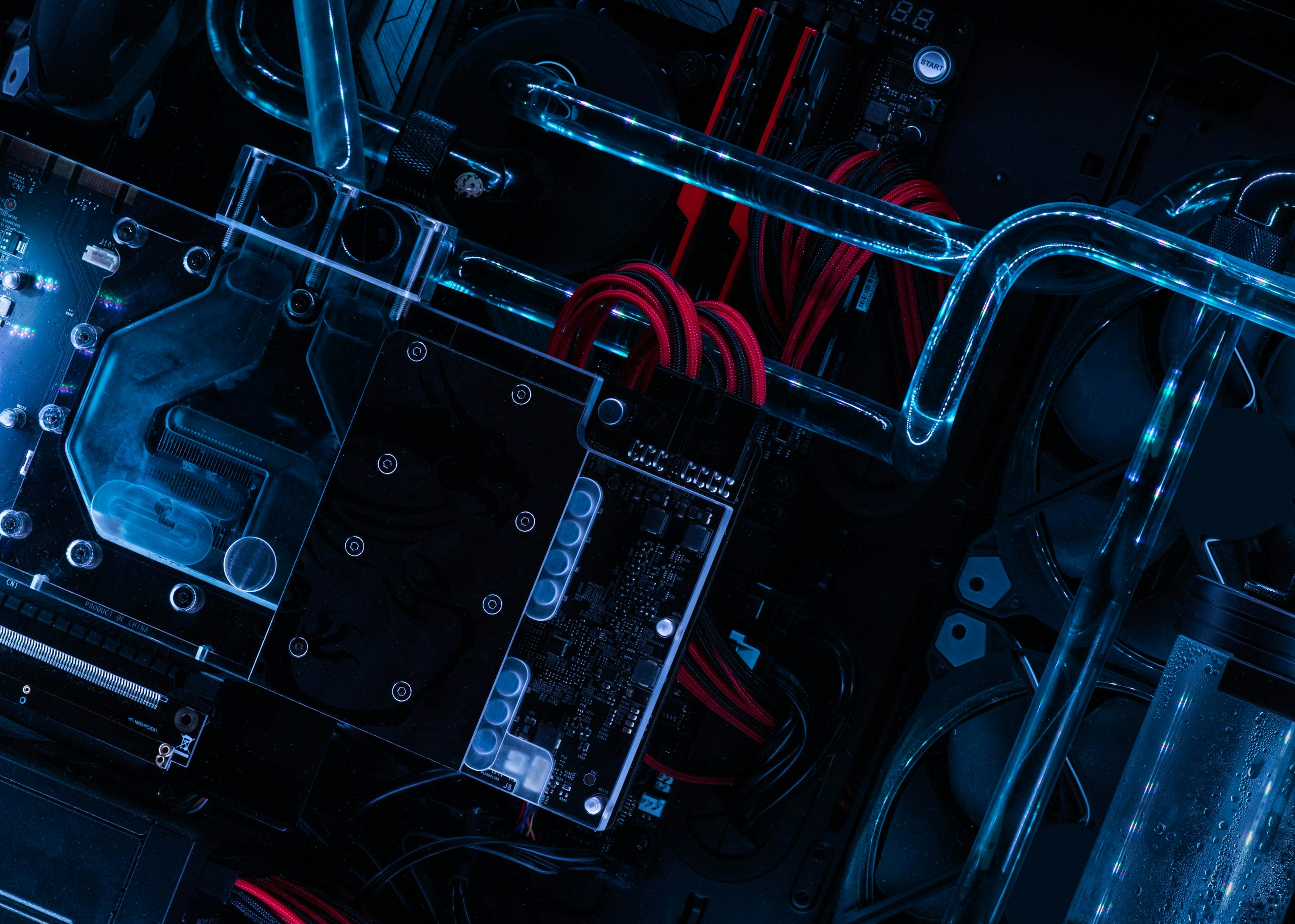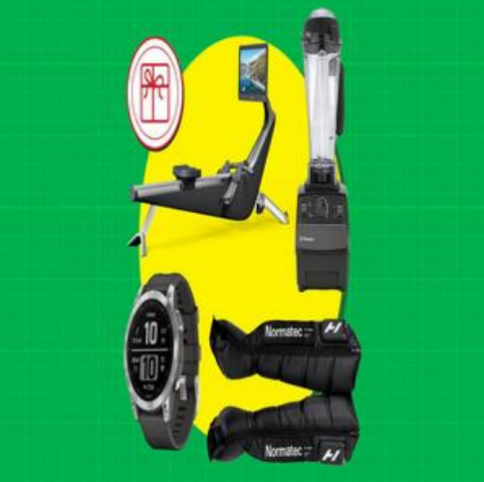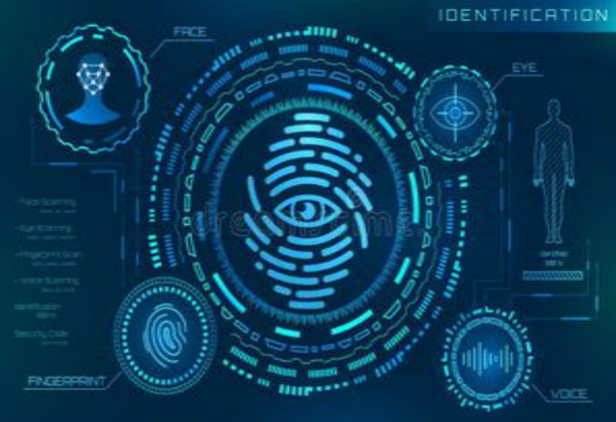The Evolution of Smart Assistants: A Technological Leap from the Laboratory to the Home

In the fast-paced urban lifestyle, people's expectations for smart assistants have long surpassed the boundaries of science fiction. This promising field of technology is undergoing a critical transformation from mechanical execution to cognitive decision-making. With groundbreaking developments in intelligent algorithms, once clumsy robotic arms are beginning to exhibit human-like operational intelligence, heralding a new era for home service robots.
Breakthroughs in the Cognitive Revolution
For a long time, there has been an intriguing cognitive gap between mechanical devices and biological intelligence. Researchers have found that actions that are effortless for humans—such as tidying a messy desk or distinguishing between different types of fabric—often leave intelligent systems in a quandary. This phenomenon of inverted capability arises from the evolutionary advantages of biological neural systems, yet it has become a key bottleneck for the practical application of robots.
A turning point has emerged with the maturation of multimodal learning technologies. By integrating visual recognition, tactile feedback, and spatial modeling, the next generation of systems demonstrates astonishing adaptability to their environments. Tests conducted in a laboratory have shown that optimized robotic arms can classify tableware in just 0.3 seconds, with a fluidity of motion approaching that of humans. Even more exciting is that these systems are beginning to possess basic situational judgment capabilities, allowing them to autonomously adjust their operational strategies based on changes in object placement.
Solving the Cost Conundrum
Price barriers have long served as an invisible barrier to the adoption of household robots. Early models, often priced at several hundred thousand dollars, made them exclusive to research institutions. This situation is now being overturned—new drive structures and the proliferation of open-source designs have reduced the cost of core components by over 80%. A certain innovative team has developed a modular system that allows for functional expansion through standardized interfaces, enabling users to freely combine modules for cleaning, storage, cooking, and more according to their needs.

The innovation in manufacturing is equally significant. The combination of 3D printing technology and lightweight materials has reduced both the complexity and weight of mechanical structures. The latest commercial models have successfully kept their weight under 20 kilograms, equivalent to one-tenth of traditional models. This evolution not only lowers energy consumption but also broadens the adaptability of home environments.
Reconstructing the Data Ecosystem
The evolution of intelligent systems relies heavily on the nourishment of data. Unlike language models that are trained on vast amounts of text, physical operations require a unique system of experiential accumulation. The "Agent Growth Program," initiated by multinational research institutions, has gathered operational data from 23 laboratories worldwide, creating a virtual sandbox that encompasses thousands of home scenarios. This dynamic knowledge base supports real-time simulation testing, reducing the training cycle for new models by 75%.
The innovation in cognitive architecture is particularly noteworthy. A multimodal system developed by a major tech giant deeply integrates language understanding and action control. When given the command "prepare breakfast," the system can autonomously plan the operational workflow: from retrieving ingredients from the refrigerator to operating kitchen tools and arranging tableware, all without the need for segmented programming. This end-to-end learning model signifies that robots are beginning to develop task-level comprehension.
Co-evolution of the Industry Ecosystem

The deep integration of the industrial chain is reshaping the industry landscape. Semiconductor companies have launched specialized processing chips, which have a parallel computing capability 12 times greater than traditional products; materials scientists have developed bio-inspired tactile sensors capable of precisely identifying pressure changes of 0.1 Newtons; and cloud computing platforms provide elastic computing power support, enabling household devices to utilize remote supercomputers for complex decision-making.
Recent developments from standard-setting organizations indicate that the smart home safety certification system has entered its final validation phase. This set of standards not only covers physical safety metrics but also includes ethical evaluation dimensions, requiring systems to possess risk prediction and emergency braking capabilities. The improvement of regulatory frameworks paves the way for product commercialization.
In this silent technological revolution, home service robots are undergoing a qualitative transformation from tools to partners. As algorithms begin to understand the visual definition of "tidiness," and robotic arms learn to distinguish the tactile differences between ceramic and glass, we are witnessing the awakening of cognitive abilities in intelligent agents. This evolution is not just a breakthrough in technology; it is the starting point for humans to reshape their lifestyles. The future of home spaces may evolve into a smart ecosystem of human-machine collaboration, creating an unprecedented living experience while retaining a human touch.
(Writer:Seli)



